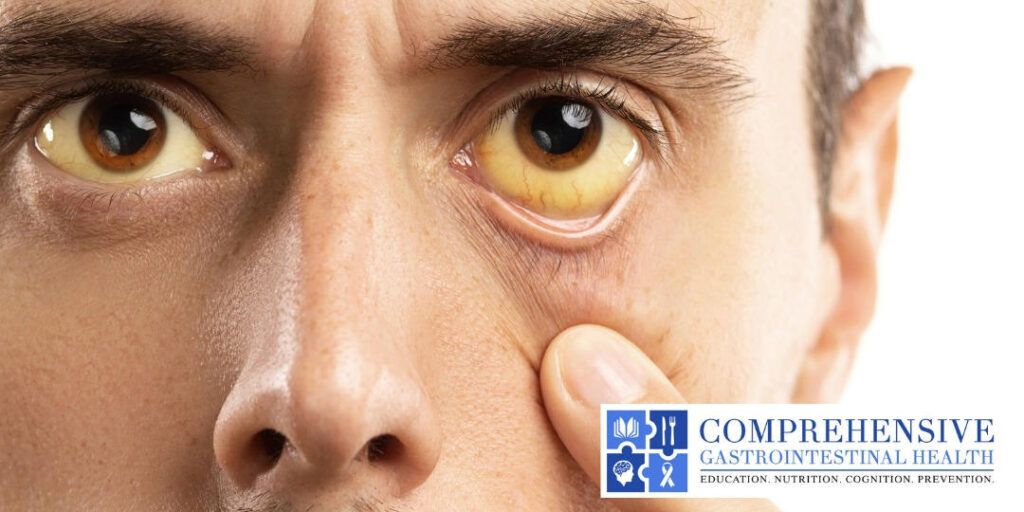What is Gilbert’s Syndrome?
What is Gilbert’s Syndrome?
By Allison Lindstrom, NP
Have you ever been told you had an abnormal bilirubin value on routine labs? You may have Gilbert’s syndrome (pronounced Zheel-BEAR, after the French gastroenterologist who discovered this condition).
Gilbert’s is a genetic liver disorder that affects the body’s ability to process and breakdown bilirubin. Bilirubin is a byproduct of the body breaking down old red blood cells – which our cells do every 120 days – and it has a yellow color to it. Individuals with Gilbert’s syndrome don’t have a sufficient amount of liver enzymes to keep bilirubin at a normal level and therefore buildup an excess of it. Between 3% to 7% of Americans have Gilbert’s syndrome and it is more common in men than women. It doesn’t discriminate between age or ethnicity, but is more commonly found in teenagers or young adults when getting routine bloodwork.
What are the symptoms of Gilbert’s syndrome?
More often than not, patients are asymptomatic, however, those who are symptomatic usually present with jaundice, which is the yellowing of the eyes or skin. While more unlikely, patients can also present with:
- Dark-colored urine or clay-colored stool.
- Difficulty concentrating.
- Dizziness
- Gastrointestinal problems like abdominal pain, diarrhea or nausea
- Fatigue
- Loss of appetite.
What makes Gilbert’s syndrome worse?
Some lifestyle choices can exacerbate Gilbert’s syndrome. These include:
- Dehydration or fasting
- Illness
- Menstrual cycle
- Strenuous exercise
- Stress
How do you treat Gilbert’s syndrome and what is the prognosis?
There is no treatment for Gilbert’s syndrome and there are no long-term complications associated with Gilbert’s.
Have you been found to have abnormal bilirubin levels on routine blood work or have abnormal gastrointestinal symptoms that you would like to further explore? If you are experiencing any concerning symptoms, don’t hesitate to reach out to our practice at 224-407-4400 to schedule a visit.

